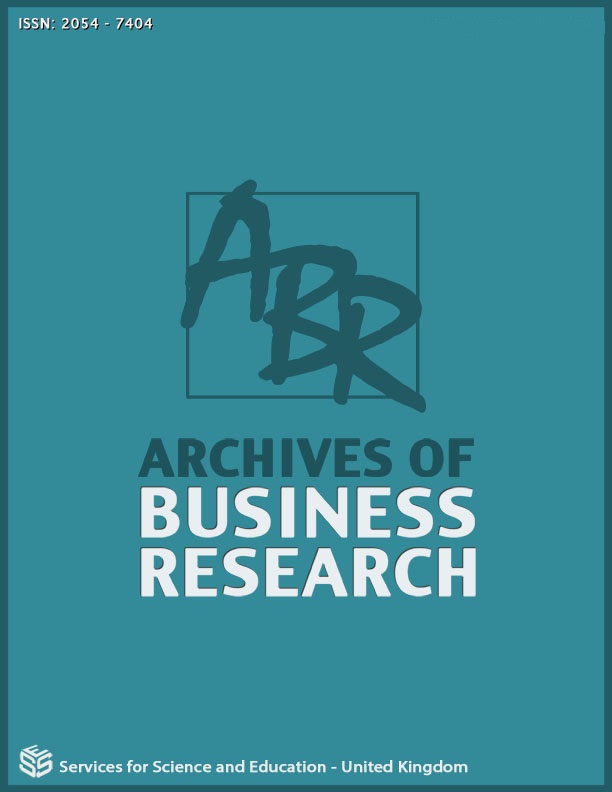Credit Financing and Agricultural Development in Nigeria
DOI:
https://doi.org/10.14738/abr.1110.15172Keywords:
Bank, Credit, Agriculture, Autoregressive Distributed Lag Model, Short-run Impact, Long-run ImpactAbstract
This study investigates the short-run dynamics and long-run link between credit financing offered by Deposit Money Banks (DMBs) and agricultural development in Nigeria for a period of 1981 to 2020. A quantitative ex-post facto research design was employed to analyze bank credit impact on agricultural advancement at both aggregate and sub-sectoral agricultural production. The research strategy utilized allows the use of economic series obtained from Central Bank of Nigeria Statistical Bulletin (2021) and World Bank Development Indicators (2021) to be analyzed by Autoregressive Distributed Lag (ARDL) estimation technique. From ARDL estimations, it is indicated that DMBs loans and advances have significantly negative short-run impacts on agricultural development in Nigeria at both aggregate and sub-sector levels. However, Bounds Testing analysis shows that the impacts of DMBs financing on Nigeria agriculture sector and labour employment in the sector become positively significant over a long period at aggregate level and for crop production only as a sub-sector. But the observed positive long-run impact of DMBs lending to agriculture was not significant for advancement of other sub-sectors (livestock, fishing and forestry). Hence, the study affirms that in the short run DMBs lending significantly slow down agricultural development in Nigeria but increases it significantly in the long run. The study recommends that there is need for agricultural policy makers and governments in Nigeria to develop appropriate specific agricultural financing mechanism that can aid performance of agricultural sector in the short-run and maintain long-run positive gains in the sector.
Downloads
Published
How to Cite
Issue
Section
License
Copyright (c) 2023 Saka, K. A., Akinde, M. A., Afolabi, A. R.

This work is licensed under a Creative Commons Attribution 4.0 International License.






